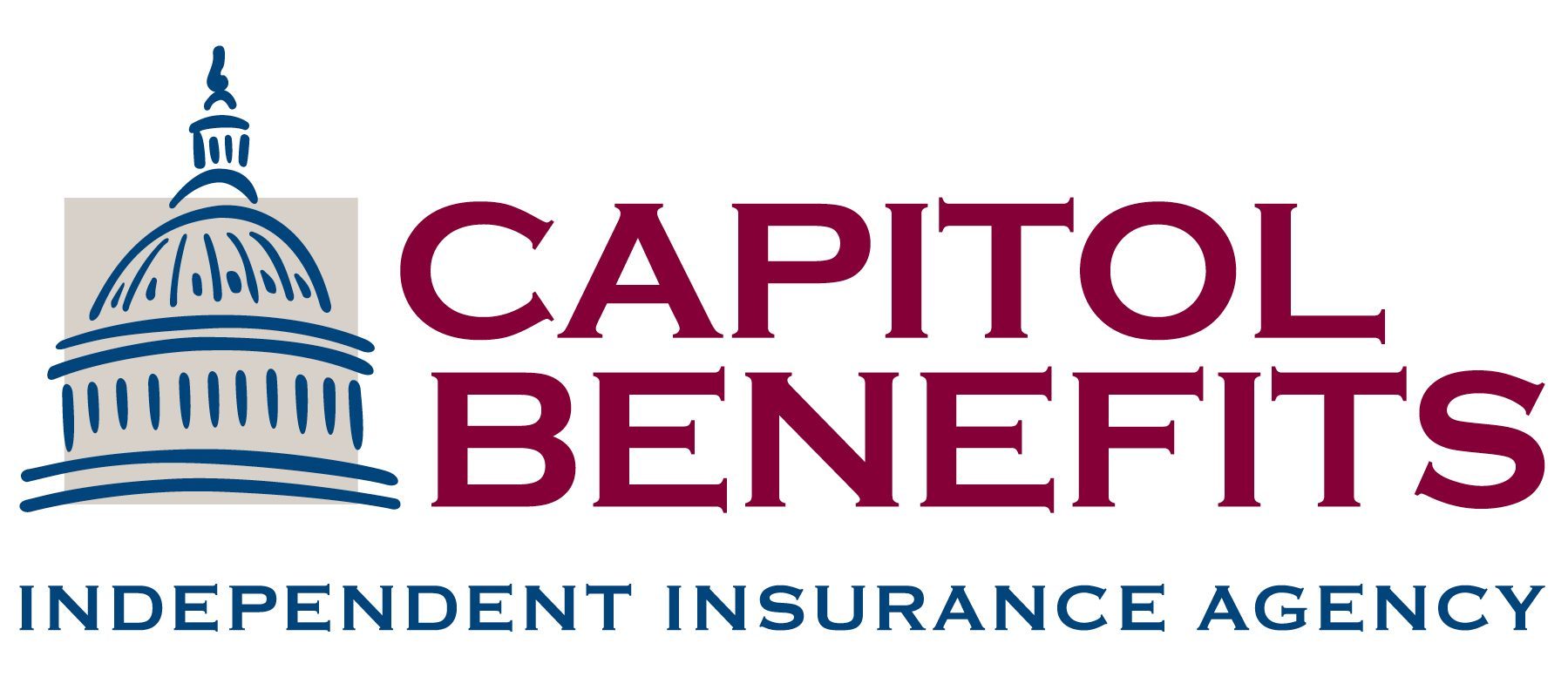Why Fall Prep Matters
The first cold morning always catches us off guard. One day it’s crisp and sunny; the next, you’re brushing frost off the windshield. It’s also the time of year when a few small maintenance tasks can prevent big problems once temperatures drop.
Every winter, insurance claims climb for burst pipes, roof leaks, and weather-related accidents—most of which could have been avoided with an hour or two of preparation. A little prevention this fall means fewer emergencies and a safer, warmer winter.
Step 1: Fortify Your Home
Your home faces its toughest test in winter. Between freezing temperatures and heavy snow, even minor issues can become expensive repairs if ignored.
Protect Pipes from Freezing
Frozen pipes are one of the costliest cold-weather disasters. Focus on areas where plumbing runs through unheated spaces—garages, basements, crawl spaces, or exterior walls. Insulate exposed pipes, disconnect hoses, and drain outdoor faucets before the first freeze.
If you’ll be away, keep your thermostat at least 65°F and open cabinet doors so warm air circulates around kitchen and bathroom pipes. Smart leak sensors are inexpensive and can alert you to problems before they become major water damage.
(One Maryland homeowner last year spent over $15,000 repairing a burst pipe that could have been prevented with $2 worth of insulation.)
Inspect Roofs and Gutters
Your roof and gutters direct melting snow and rain away from the house—but only if they’re clear. Clean out leaves, check for cracked or missing shingles, and trim back branches that could snap under ice. A short ladder session now prevents leaks that can ruin insulation or drywall later.
Seal Windows and Doors
Even small drafts can raise heating costs by 10–20%. Run your hand around windows and door frames on a breezy day. If you feel air, add weatherstripping or a bead of caulk. Replace worn door sweeps and close fireplace dampers when not in use. Your home will stay warmer and your energy bill lower.
Check Safety Systems
Winter means heaters, fireplaces, and more time indoors—so safety checks are essential. Test smoke and carbon monoxide detectors and replace batteries. Schedule a furnace tune-up or chimney cleaning if you haven’t already. Clean equipment runs more efficiently and helps prevent house fires.
Prepare for Outages
Snow and ice can bring down power lines without warning. Keep a few flashlights, blankets, and shelf-stable foods on hand. Portable phone chargers and small backup batteries can keep communication open until power is restored. If you use a generator, test it ahead of time and always run it outdoors for safety.
Step 2: Get Your Car Winter-Ready
Winter driving challenges even experienced motorists. Icy roads, low visibility, and freezing temperatures demand preparation long before the first snow.
Start with Tires
Your tires are your first line of defense against slippery roads. Check tread depth—at least one-eighth of an inch is ideal—and switch to winter tires if you live where snow and ice linger. Cold air lowers pressure, so check it monthly, including the spare.
Check the Battery and Fluids
Cold weather weakens batteries. If yours is more than three years old, have it tested. Clean corrosion from the terminals and keep jumper cables or a portable jump-starter in the trunk.
Top off antifreeze, oil, and windshield washer fluid (use a winter blend that won’t freeze). Replace wipers if they streak or chatter; good visibility is your best defense in bad weather.
Pack an Emergency Kit
You can’t control the weather, but you can control your readiness. Keep essentials in the trunk: a blanket, flashlight, gloves, bottled water, snacks, a small shovel, and sand or kitty litter for traction. You’ll probably never need it, but if you do, you’ll be glad it’s there.
Review Your Coverage
Before the first snow, take a few minutes to check your auto insurance. Comprehensive coverage protects against storm damage, and roadside assistance can be a lifeline during a breakdown. Make sure your limits and deductibles still fit your needs.
Step 3: Prevention Pays Off
Seasonal maintenance isn’t just about comfort; it’s about protection. Each of these tasks helps you avoid common claims that lead to higher premiums later.
Homeowners who regularly inspect roofs, update safety devices, and seal windows often qualify for policy discounts. Drivers who maintain their vehicles reduce accident risks and save on repair costs.
A few simple habits—checking detectors, insulating pipes, topping off fluids—do more for your peace of mind than any single piece of equipment.
Step 4: Think Ahead, Not After the Storm
It’s easy to put off winter prep until you see frost on the windows, but by then, the rush has begun. Handle it now while the weather’s mild and hardware store shelves are stocked.
A few hours of effort can save you from filing costly claims or waiting weeks for a contractor in peak season. Prevention always costs less than cleanup.
Key Takeaway: A Little Prep Goes a Long Way
Winter comes whether we’re ready or not—but a few simple steps can make it a lot less stressful.
Seal up the drafts. Service your furnace. Check your tires and battery. Do it once, do it right, and you’ll head into the season confident that your home, car, and family are protected.
A quick coverage review now can make winter a lot less stressful later.


